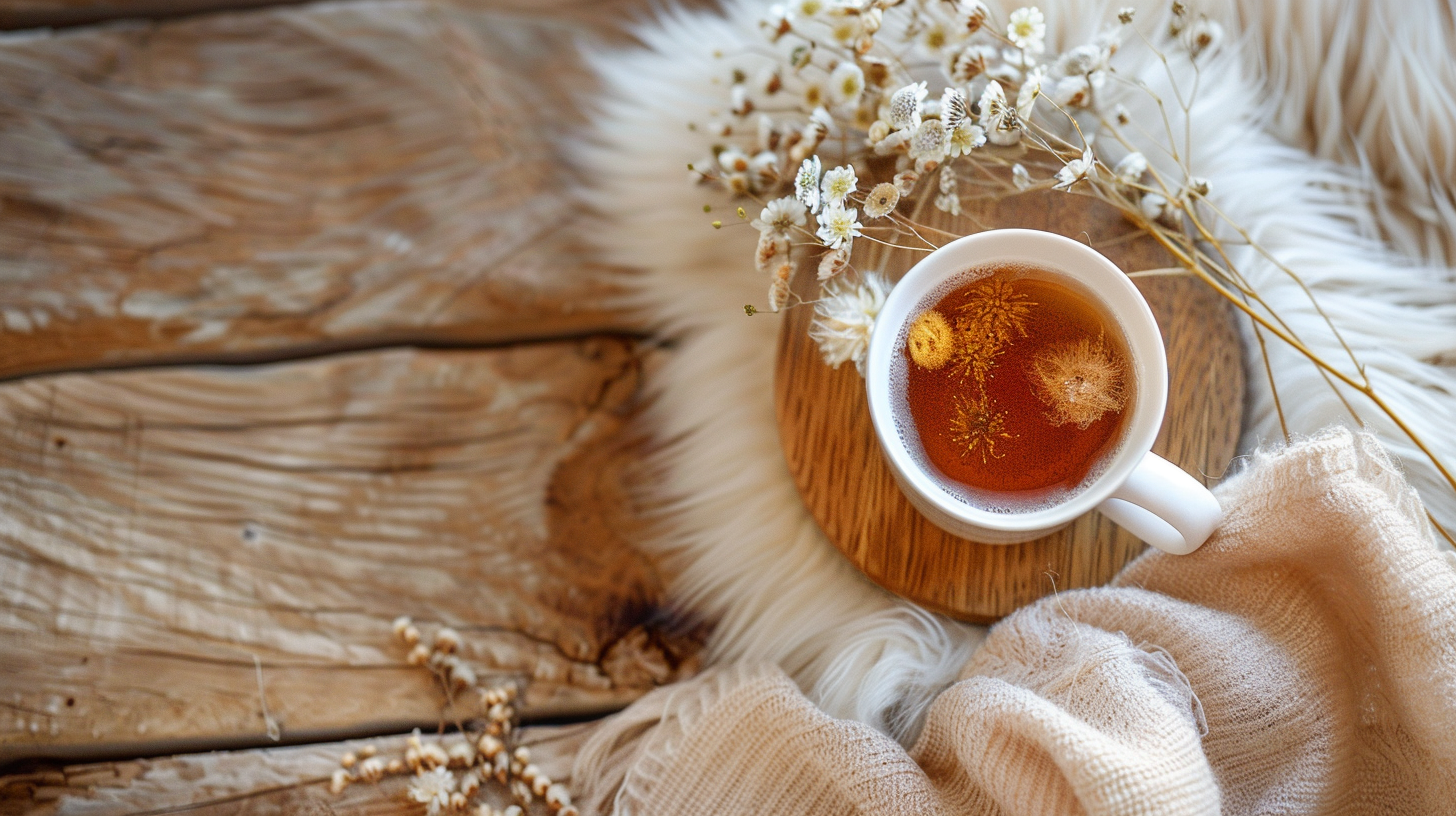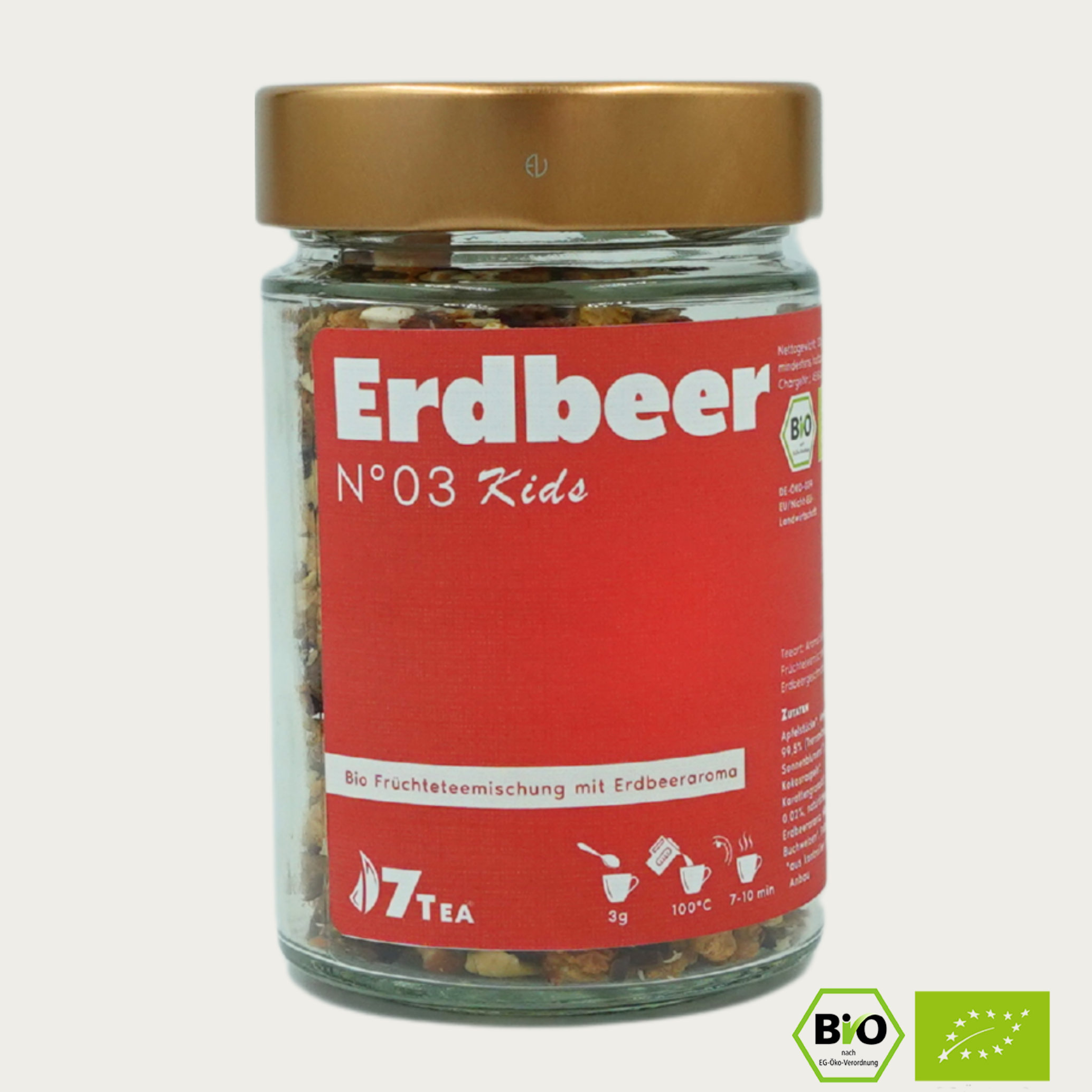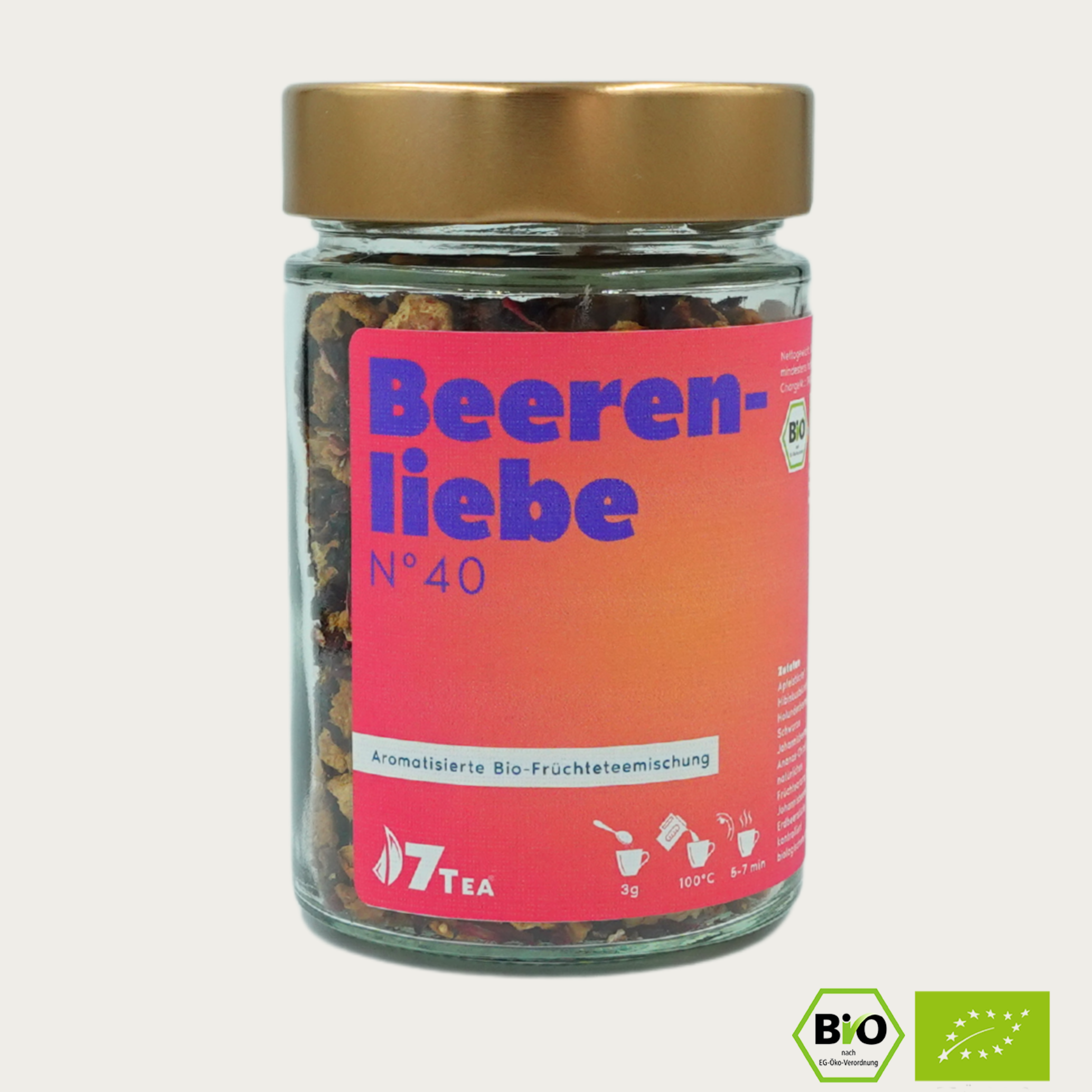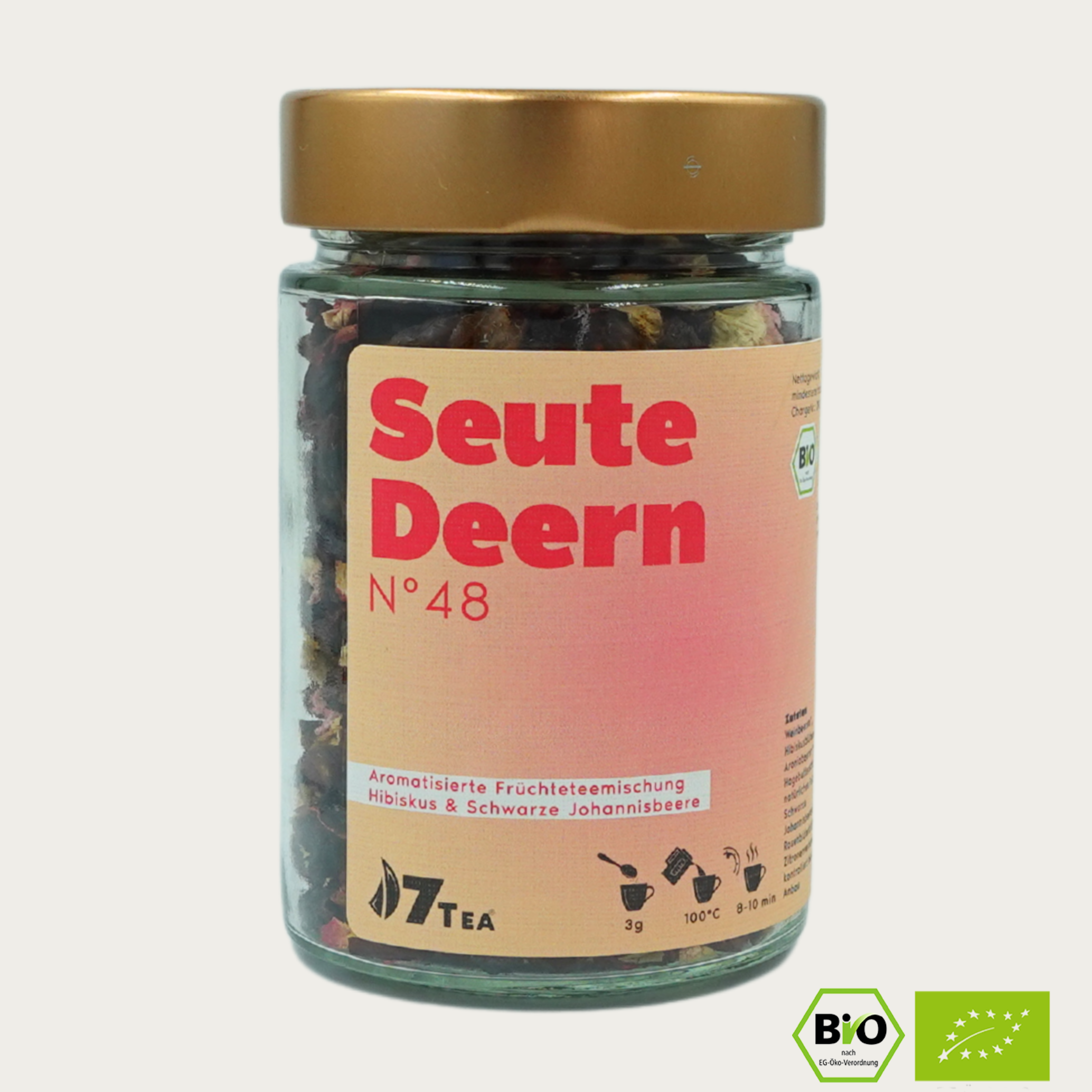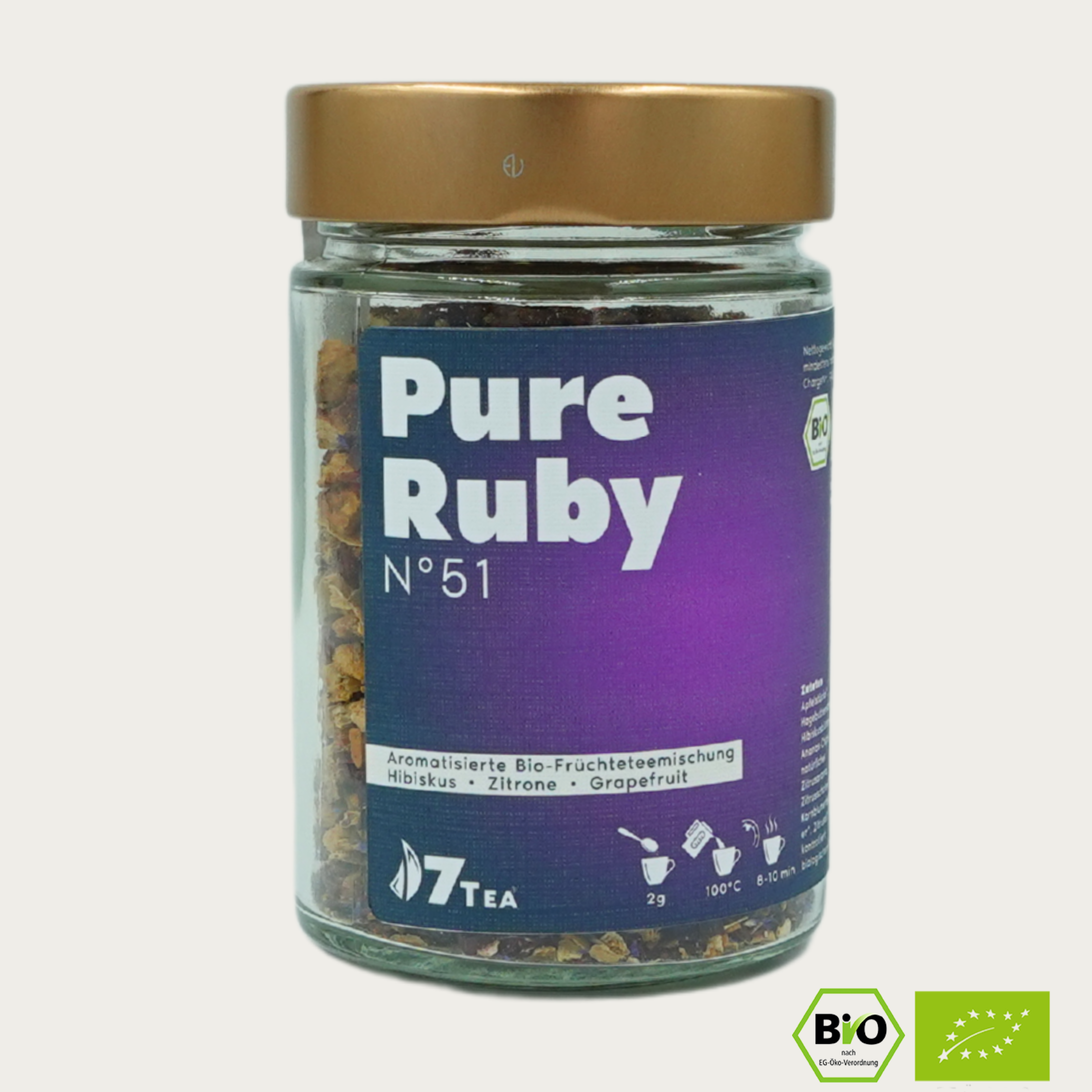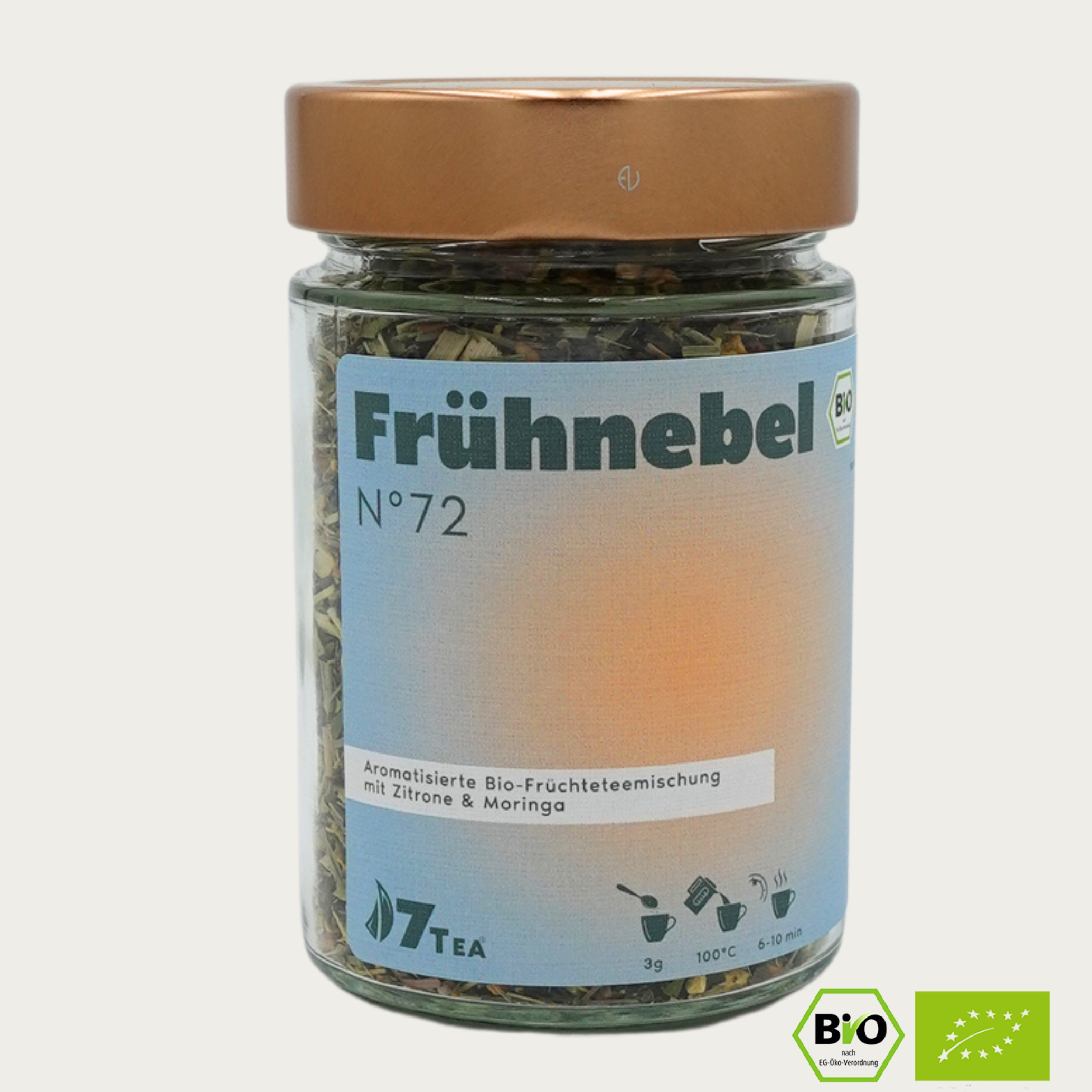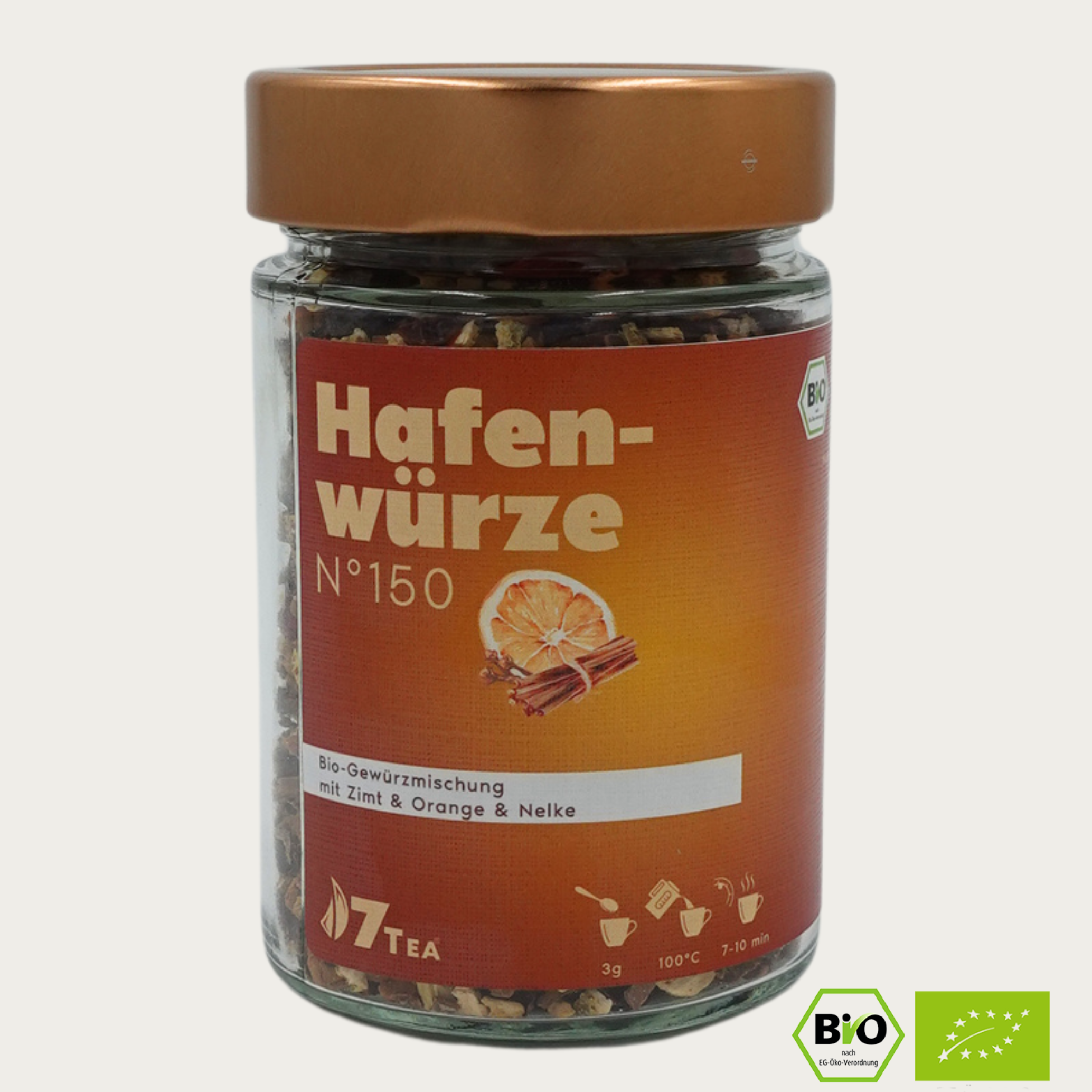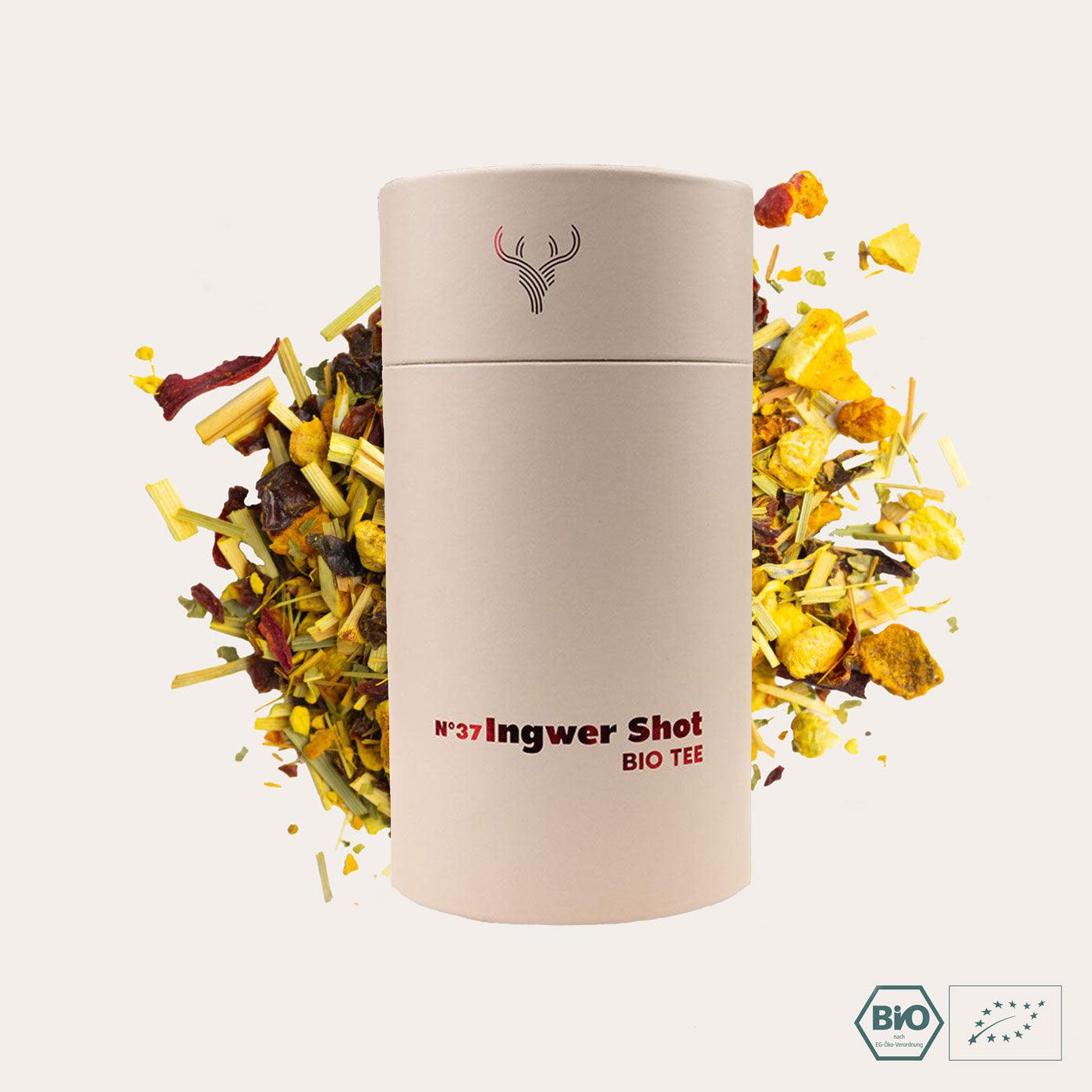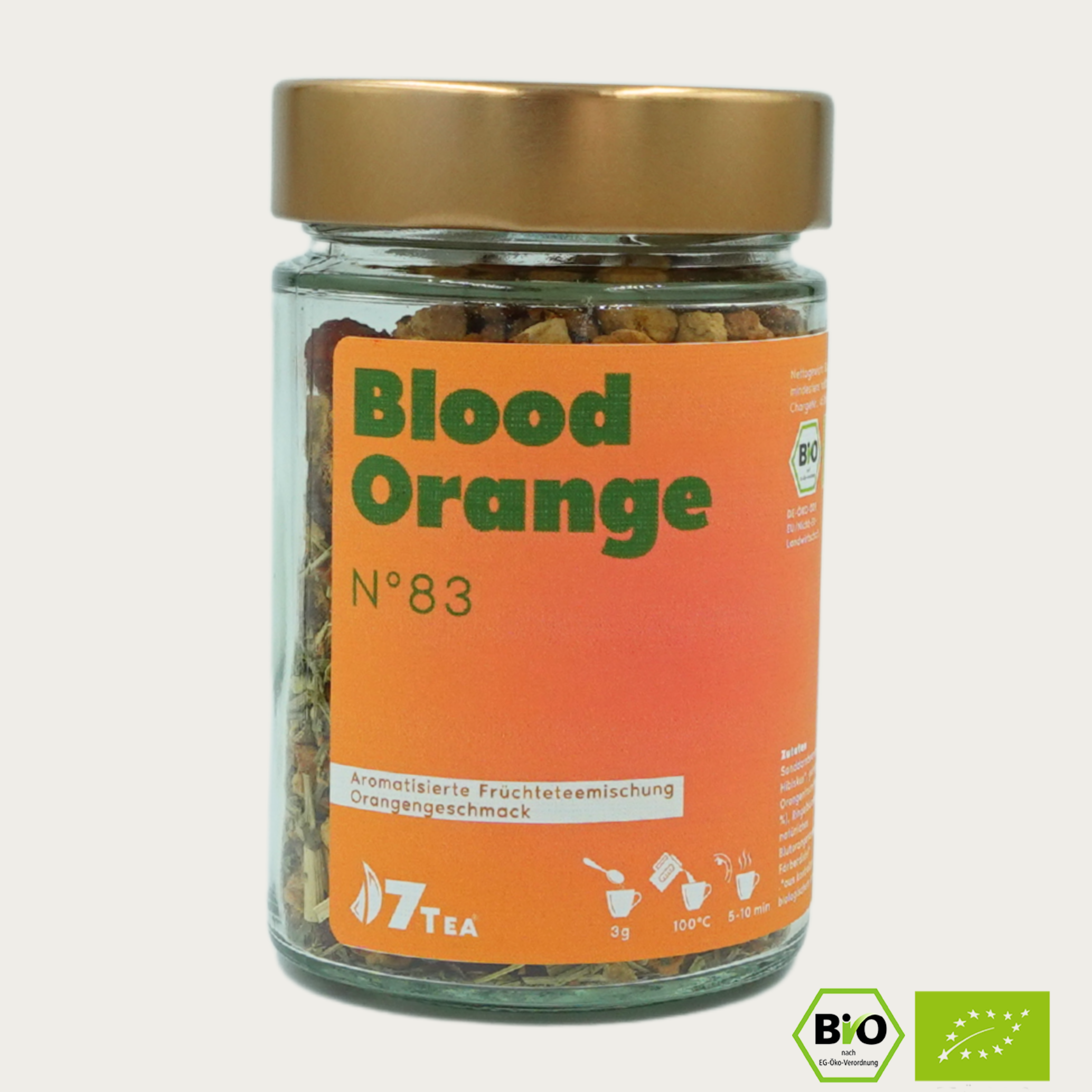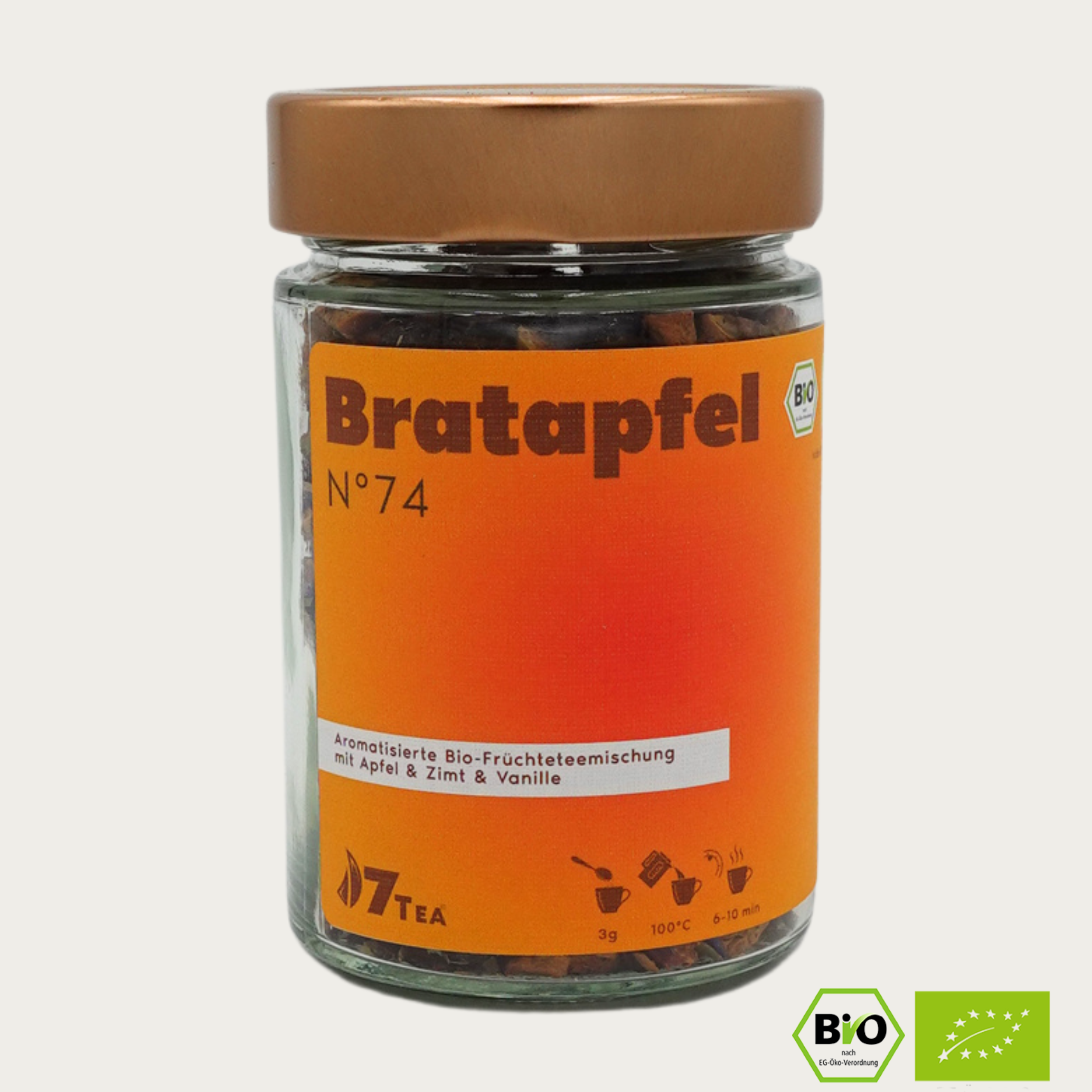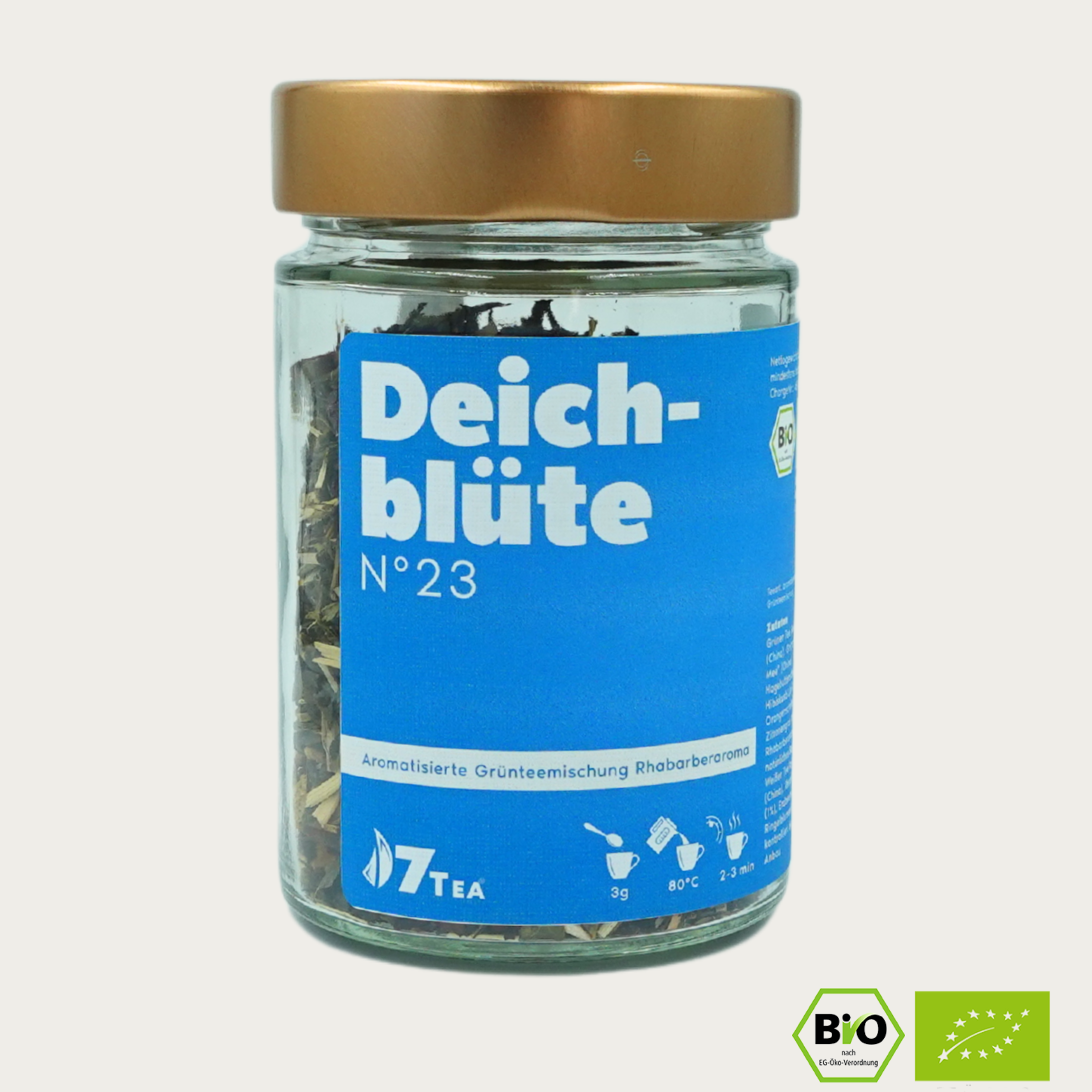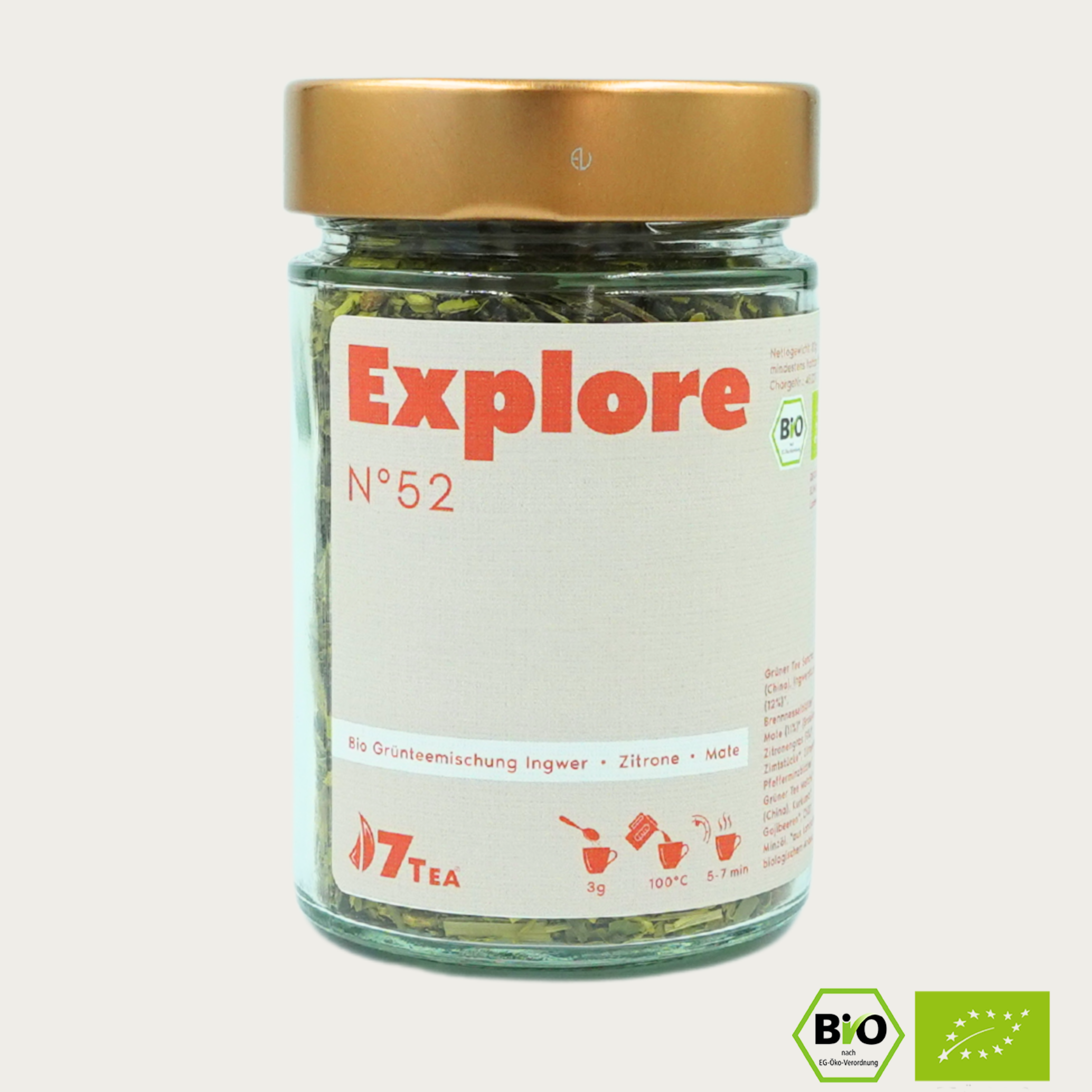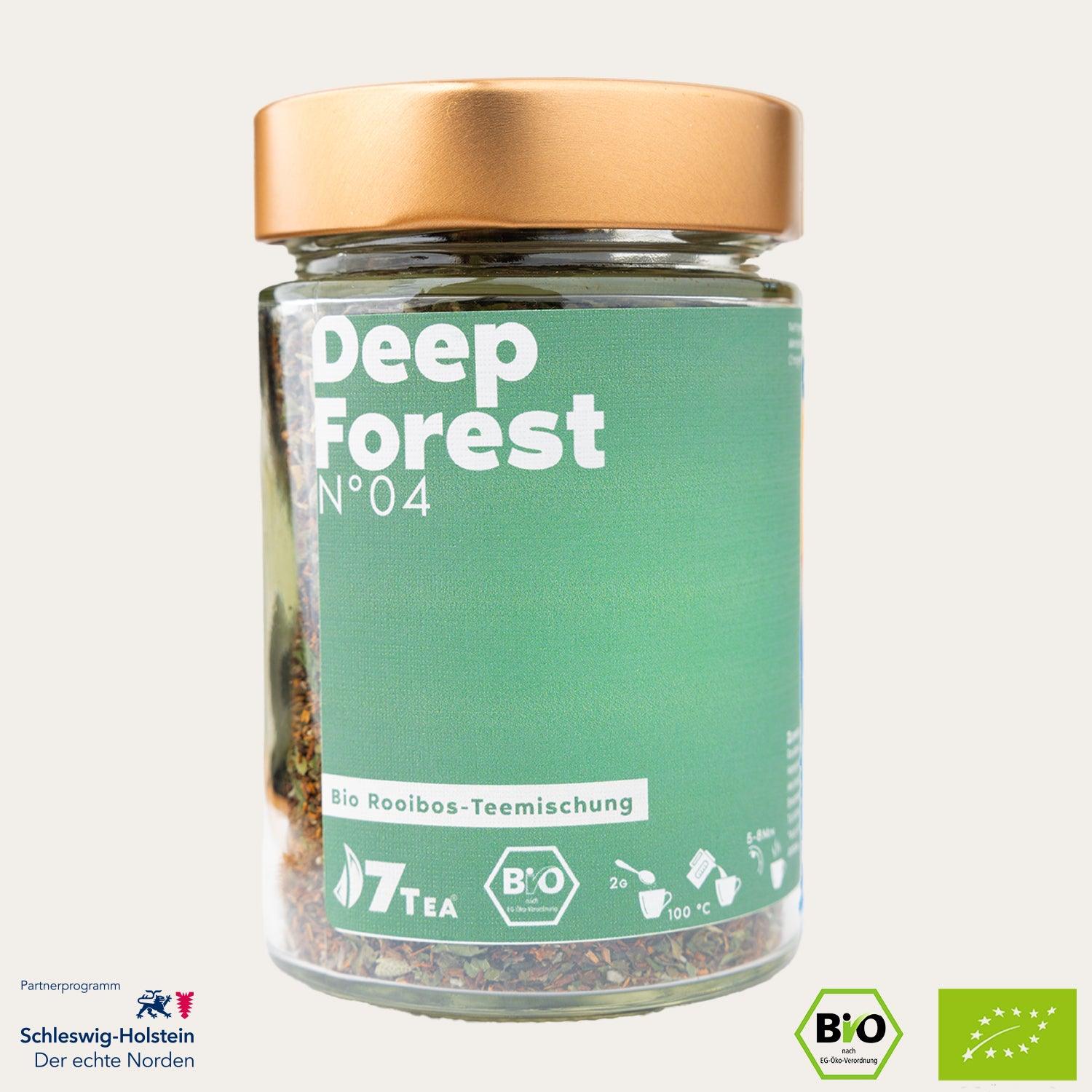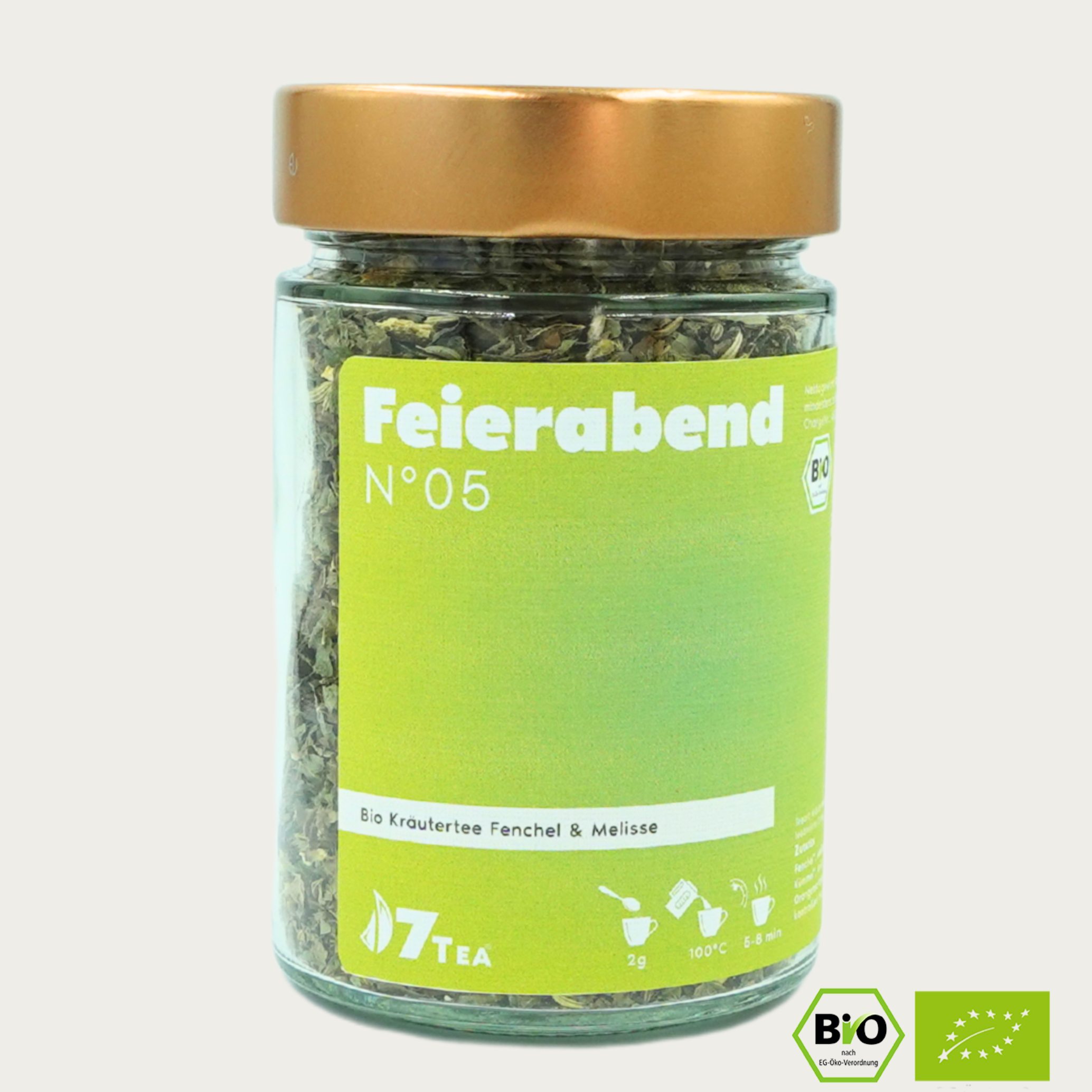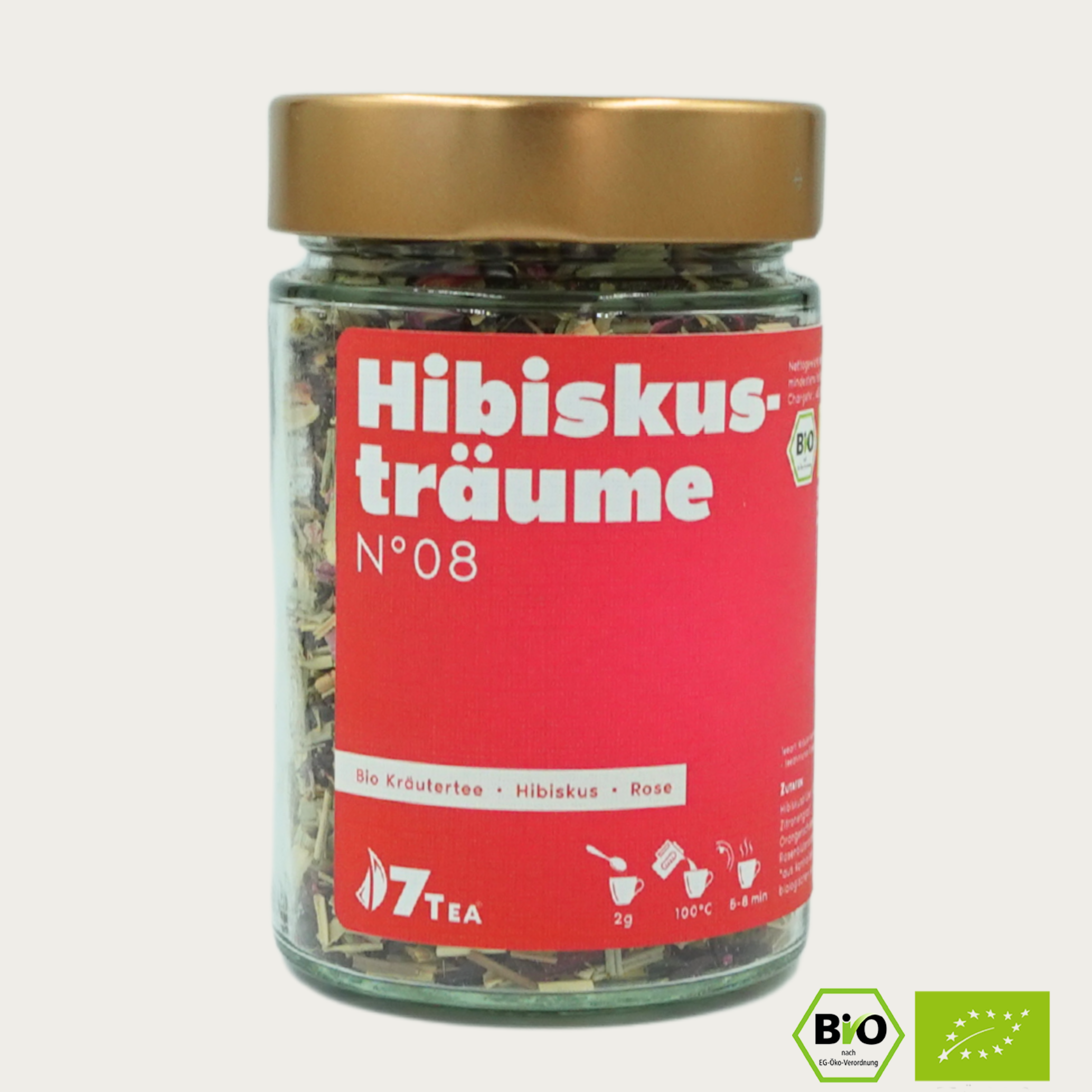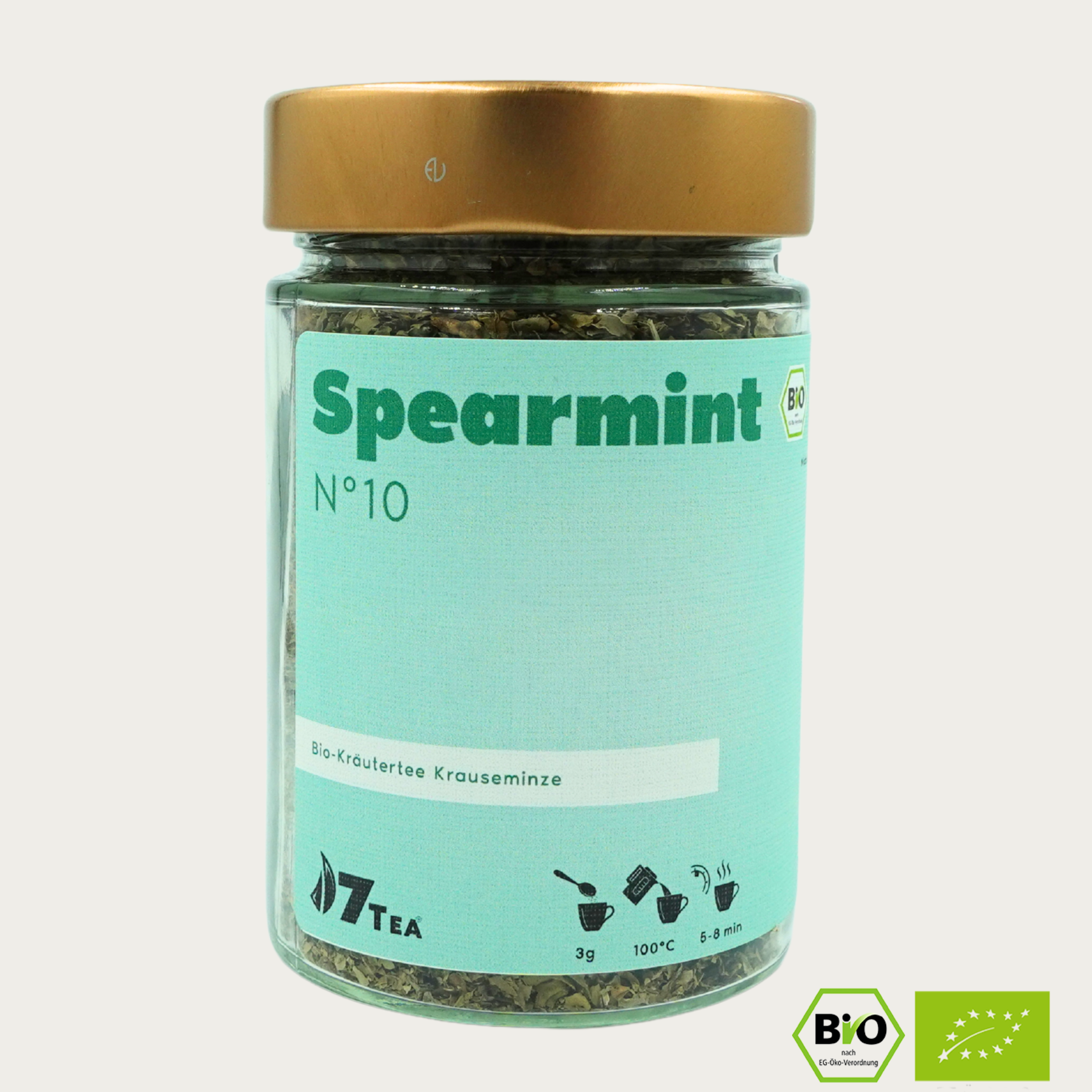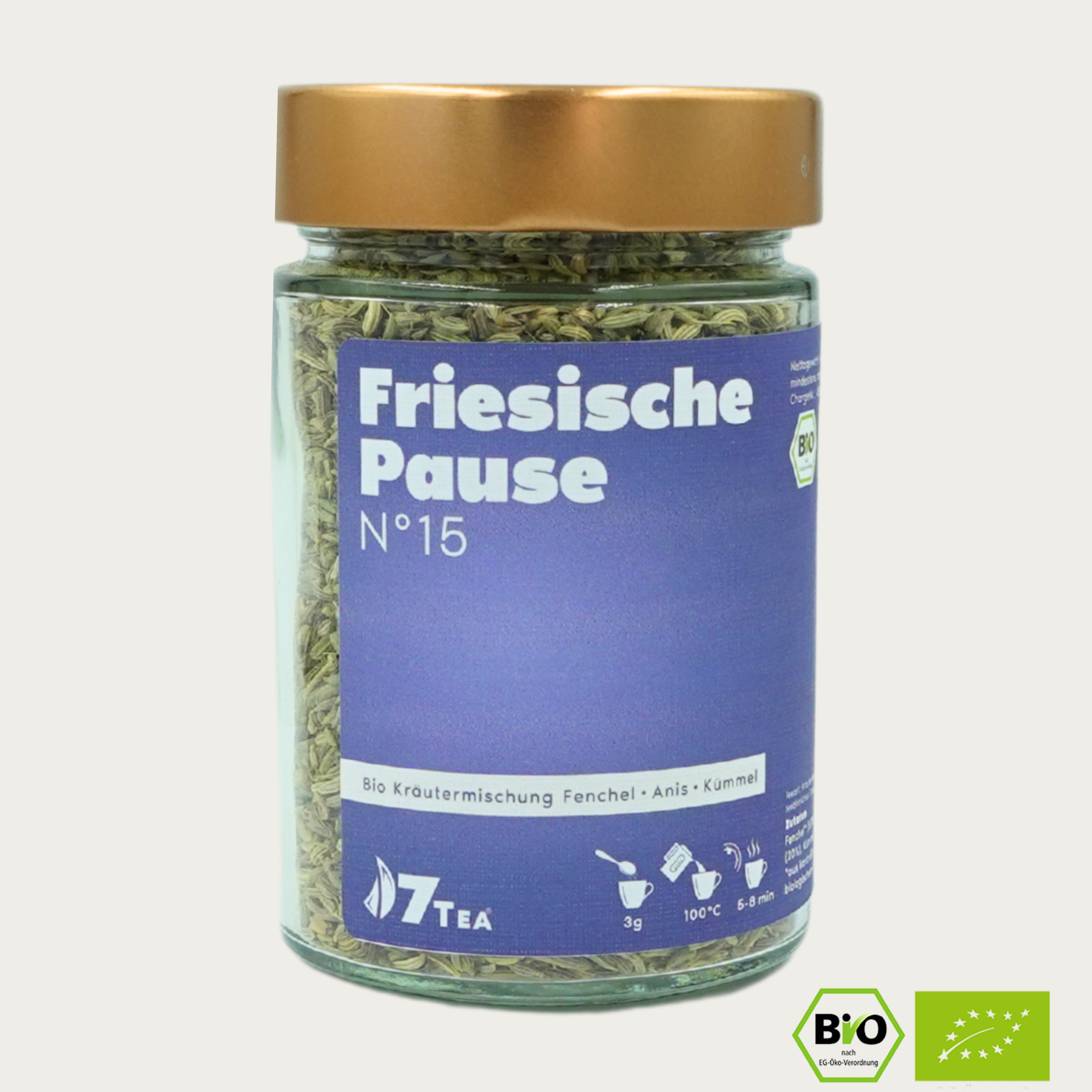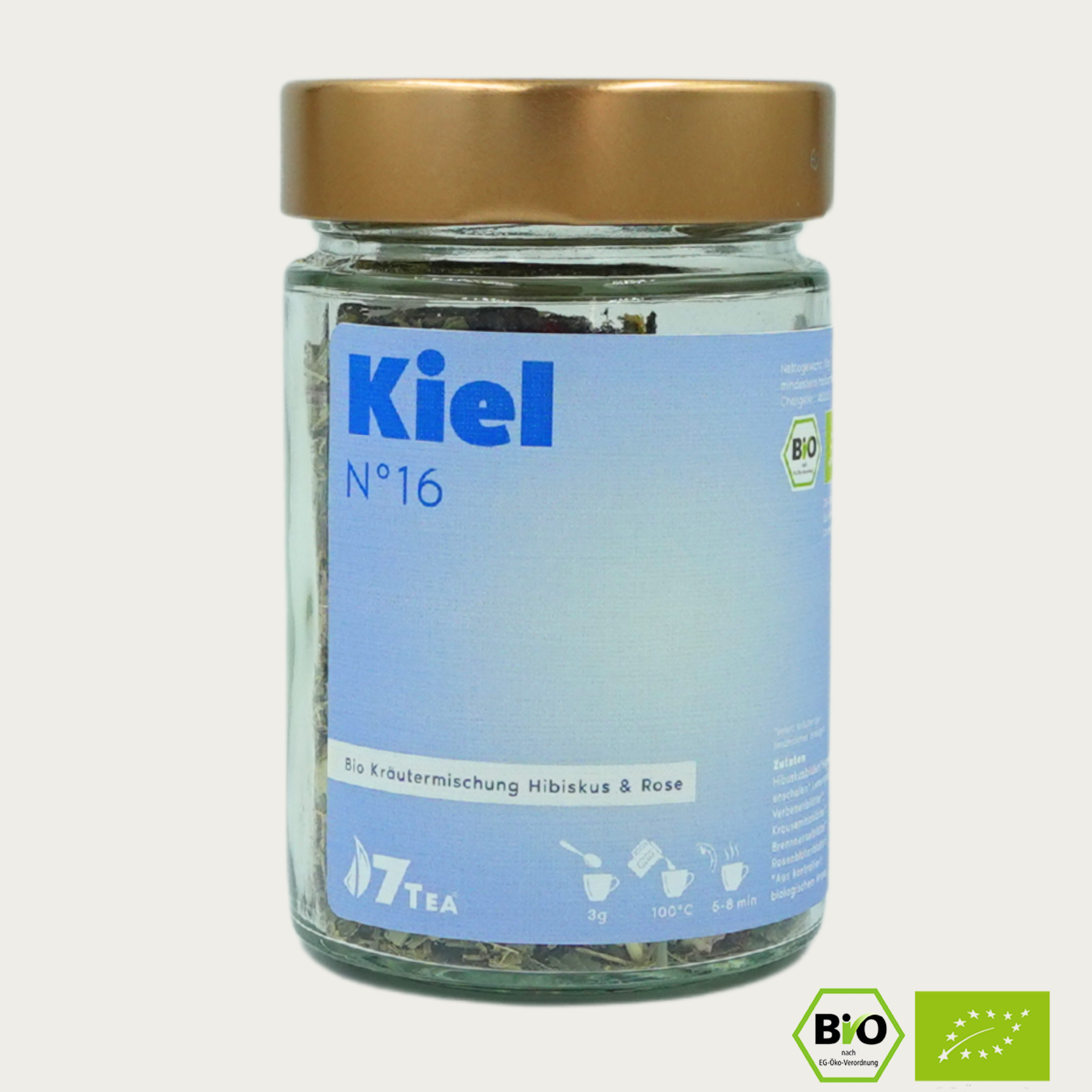The world of tea: insights into the diversity and uniqueness of tea types
Table of contents:
- Introduction
- The six classic types of tea
- Special types of tea and their properties
- Herbal and fruit teas: diverse and healing
- Preparation and health aspects
- Final Thoughts
Introduction
Tea, one of humanity's oldest drinks, offers an amazing variety. In this blog we explore the different types of tea and their unique properties.
The six classic types of tea
The classic types of tea, all derived from the Camellia sinensis plant, include white tea, green tea, yellow tea, oolong, black tea and Pu Erh. Each variety has its own way of processing, which determines the taste and properties of the tea.
Special types of tea and their properties
The properties are generally based on experience and partly not scientifically confirmed. If you are feeling badly, please go to your doctor.
- Oolong tea is valued for its ability to aid weight loss and lower blood sugar levels.
- Rooibos tea , also known as rooibos tea, has an anti-inflammatory effect and can help with gastrointestinal complaints and sleep problems.
- Green tea is known for its positive effects on metabolism and can help you lose weight.
Herbal and fruit teas: diverse and healing
Herbal and fruit teas offer a range of positive properties. They can have a digestive, antibacterial, pain-relieving or detoxifying effect. Popular varieties include chamomile, rosehip and peppermint tea.
Preparation and health aspects
The preparation of tea is crucial for its effectiveness. Fresh, soft water and the correct steeping time are important. The addition of ingredients such as milk or honey can also affect the health benefits of the tea.
Final Thoughts
The world of tea is rich and diverse. Each type of tea offers a unique taste experience and has its own health benefits. Whether you prefer a strong black tea or the gentler touch of a white tea, there is always something new and exciting to discover in the world of tea.




